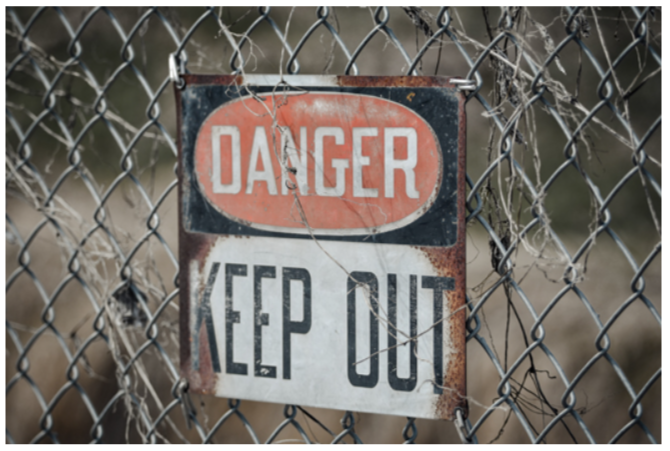
No one wants to own a “dirty” property; it is important to both Buyer and Seller that they understand how a sale can be impacted by the discovery of contamination. From the Seller’s standpoint, they may need to remediate the property prior to selling. Remediation is costly and time consuming – it can take a year or longer to test the soil and groundwater, adequately address the contamination, and ensure that the site is fully remediated. The Seller will incur carrying costs, such as property taxes, during the remediation.
There will be other problems too, in addition to the time delay. The Buyer’s lender will rarely finance a dirty property and will almost always require a Phase 1 environmental assessment to confirm that it is not contaminated. In most cases it will be the Buyer who commissions the Phase 1 report. This consists of historical research of site… do past uses point to possible contamination from chemicals or hydrocarbons?… was the property previously used to house a gas station?… were manufacturing or service uses such as dry cleaning, sand blasting (lead paint), etc. conducted on the property?… The term “mad as a hatter” originates in the fact that hat manufacturing utilised mercury as part of the process, with unfortunate consequences for the participants. The Phase 1 audit will also investigate existing and surrounding property uses that may have contaminated the site; for example a bus depot whose leaking underground storage tanks have resulted in contamination of the ground water and its concomitant migration into surrounding “downstream” properties. It will also consider the building materials used on site…. are the plaster, or ceiling tiles, likely to contain asbestos; the fluorescent lights, PCBs; the paint, lead; what other horrors lurk in the building structure? If anything suspicious comes out of this research, the Phase 1 report will recommend a more invasive Phase 2 investigation requiring drilling or removal of building material for laboratory investigation.
A Phase 1 report can cost anywhere between $1,200 and $3,000 for most small to medium sized properties. Since a Phase 2 environmental assessment comprises soil and ground water testing, more intrusive testing and the use of heavy equipment, this study can easily cost over $20,000. Should the Phase 2 study identify contaminants, the level of contamination and the intended use of the property by the Buyer, will determine the degree of remediation required. If contaminants exceed the maximum allowable level, the Department of Environment has to be notified and they will issue an order to remediate the property within a specified timeline.
Remediation can be time consuming. Once the contaminated soil has been removed from the property, an environmental consultant will set up “test events” whereby the soil will be re-tested to confirm that the remediated property falls within the specified guidelines. These test events usually occur once every three months over a year long time period. However, if the groundwater below the property is not static, the test events may register that it is “clean” during one test and then show contamination at the next test event, as the groundwater migrates back and forth.
The intended use of property also determines the overall impact of the contamination and the level of required remediation. For example, a former gas station site to be sold for apartment development requires a higher level of remediation than a site to be utilised for industrial purposes…. properties intended for residential use are held to a higher environmental standard than properties to be occupied for commercial uses.
Since the Seller is in the chain of title they may be held liable for contamination after the property has been sold… even though they may not be the source of the contamination! This is why mortgagees, such as banks, will rarely foreclose contaminated property… and why governments would be wise to avoid expropriating pulp mills (Government of Newfoundland take note!). It is therefore to the Seller’s advantage to establish the present extent of contamination (if any) to safeguard themselves for the future. If a property is sold and is subsequently discovered to be contaminated, the Seller will need to establish that it was “clean” when they sold it, otherwise they could be held liable for the contamination even if they did not cause it.
A Buyer is similarly advised: If they purchase a property without undertaking the proper environmental assessment to confirm that the property is “clean”, they are at risk; they could be held liable for the contamination, even though they did not cause it, and be ordered to remediate the site at significant cost. Unless the Buyer is a risk seeker they should invest in hiring an environmental consultant as part of their overall property purchase due diligence.
The moral of this story? Don’t be penny wise and pound foolish! It matters not whether you are a Buyer or Seller: a few thousand dollars spent on an environmental audit can save you hundreds of thousands in potential remediation costs.

Ashley Urquhart is the Senior Manager of our Brokerage Division. She has a vast network of contacts and would be happy to assist you with all your leasing needs. If you would like more information, please feel free to contact Ashley at (902) 429-1811 or .
